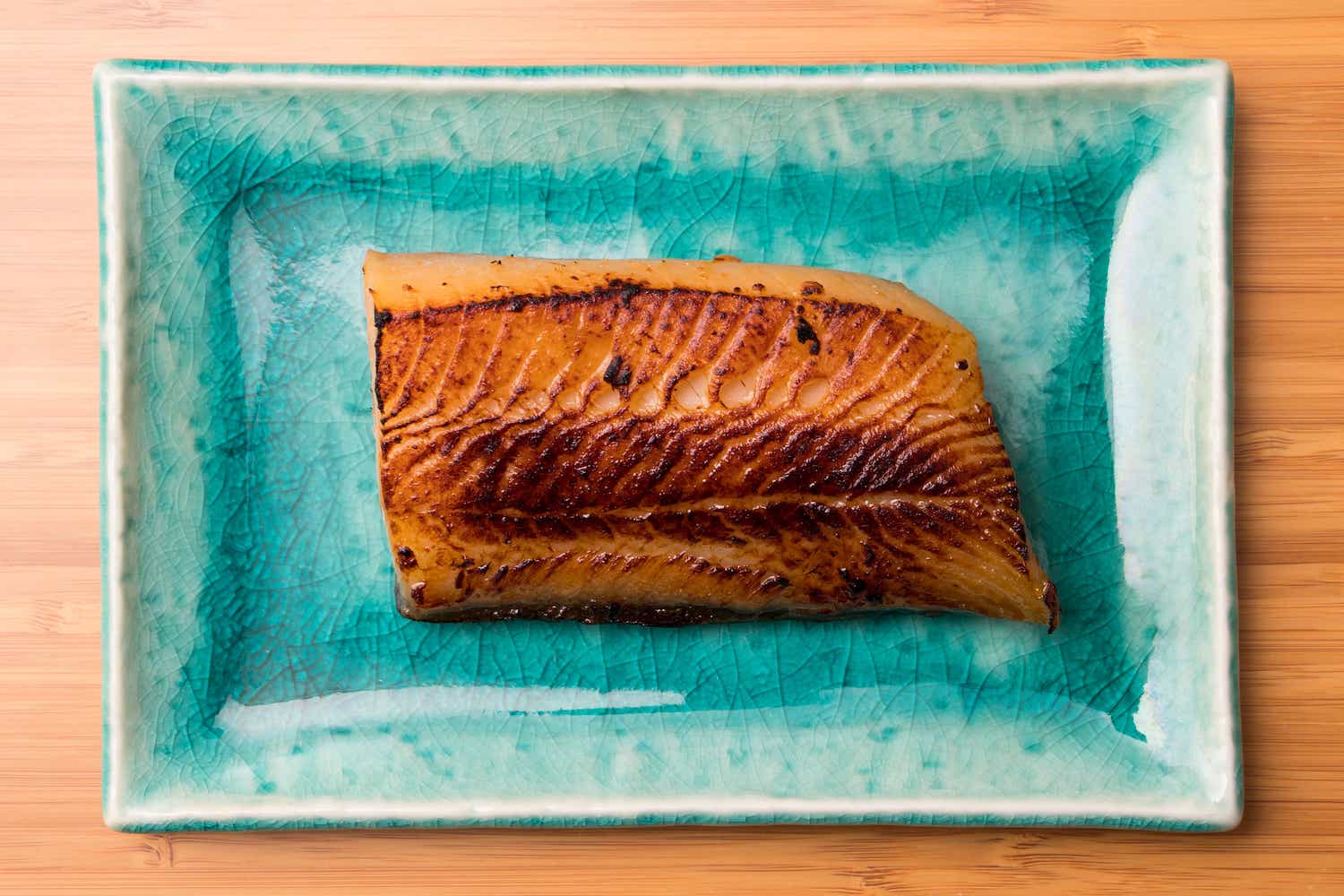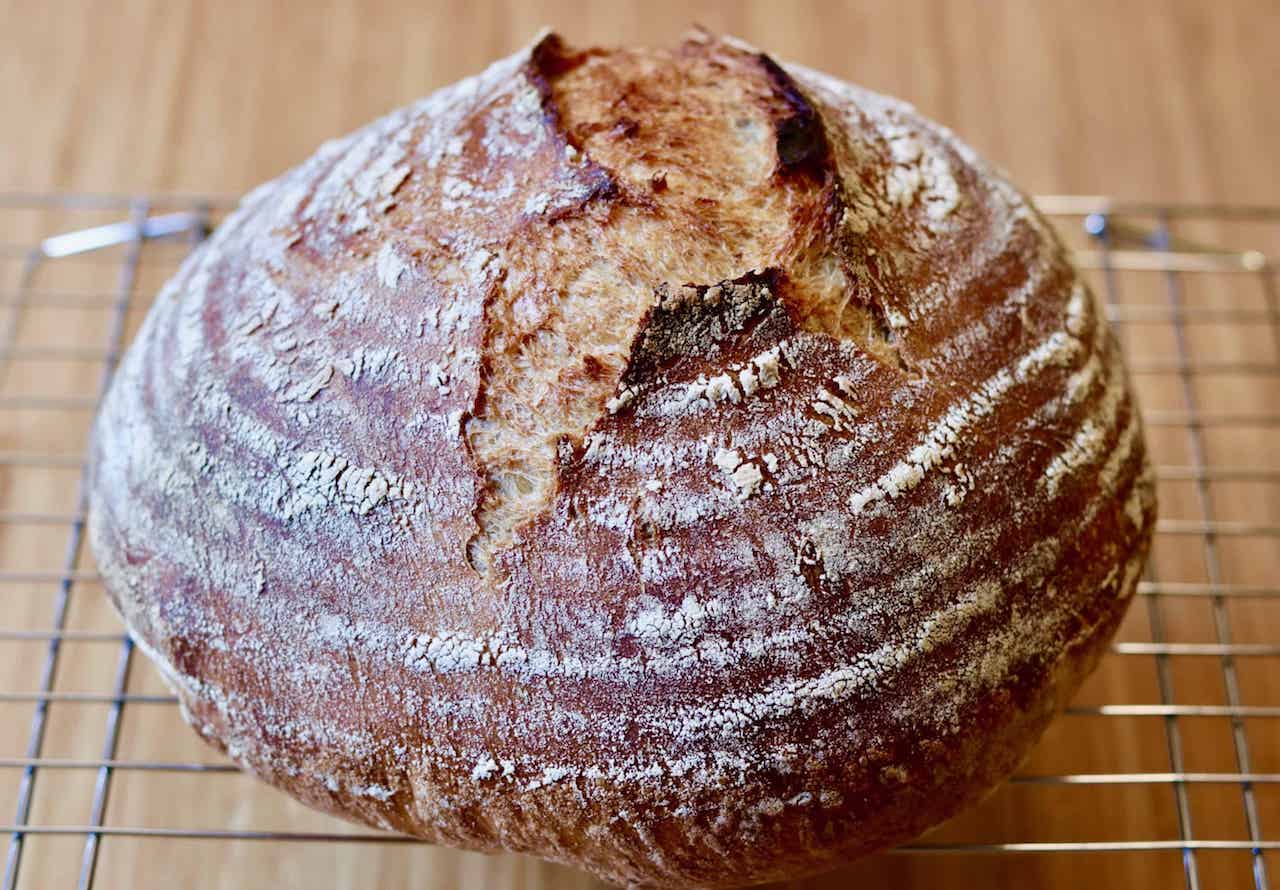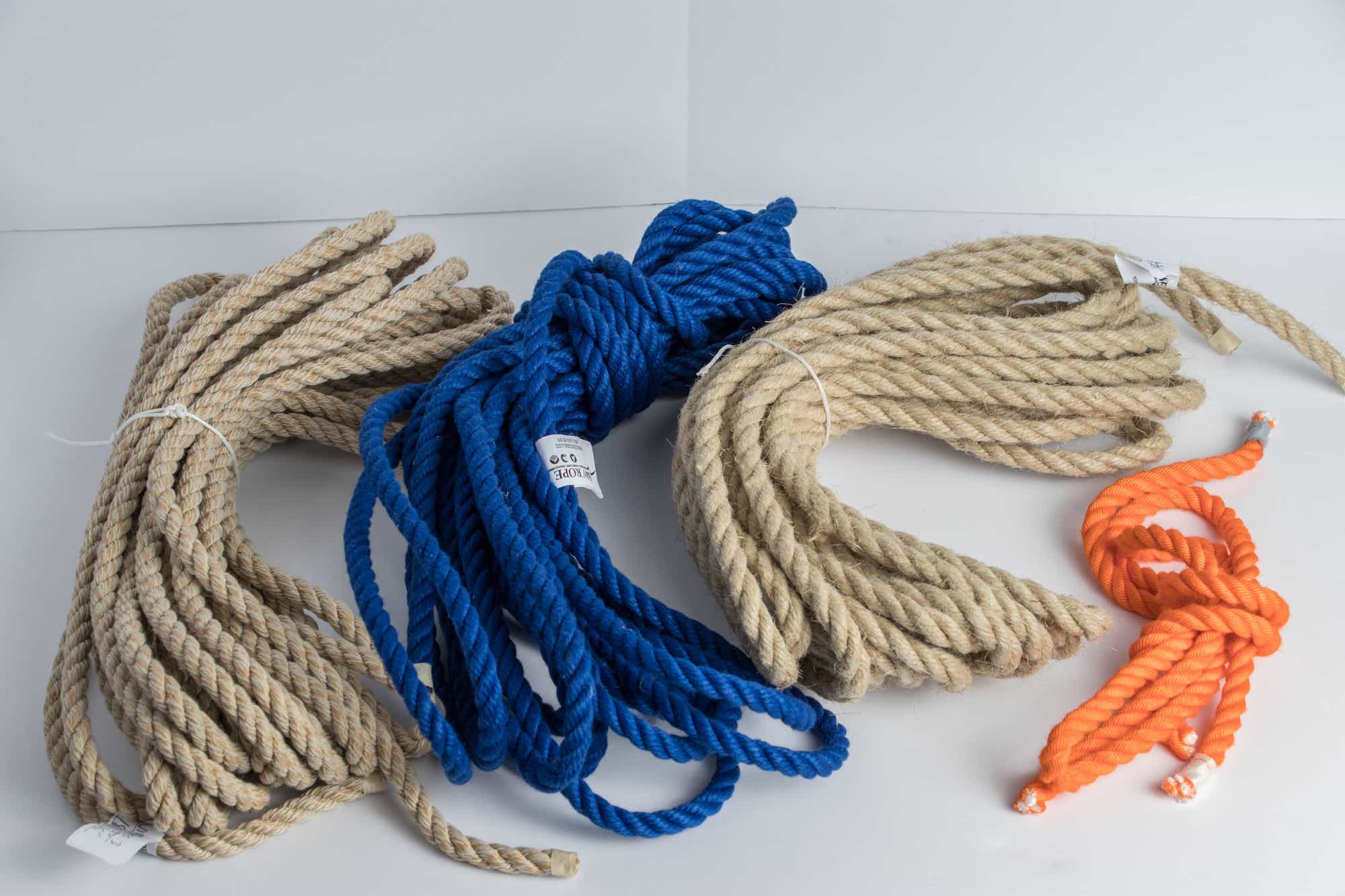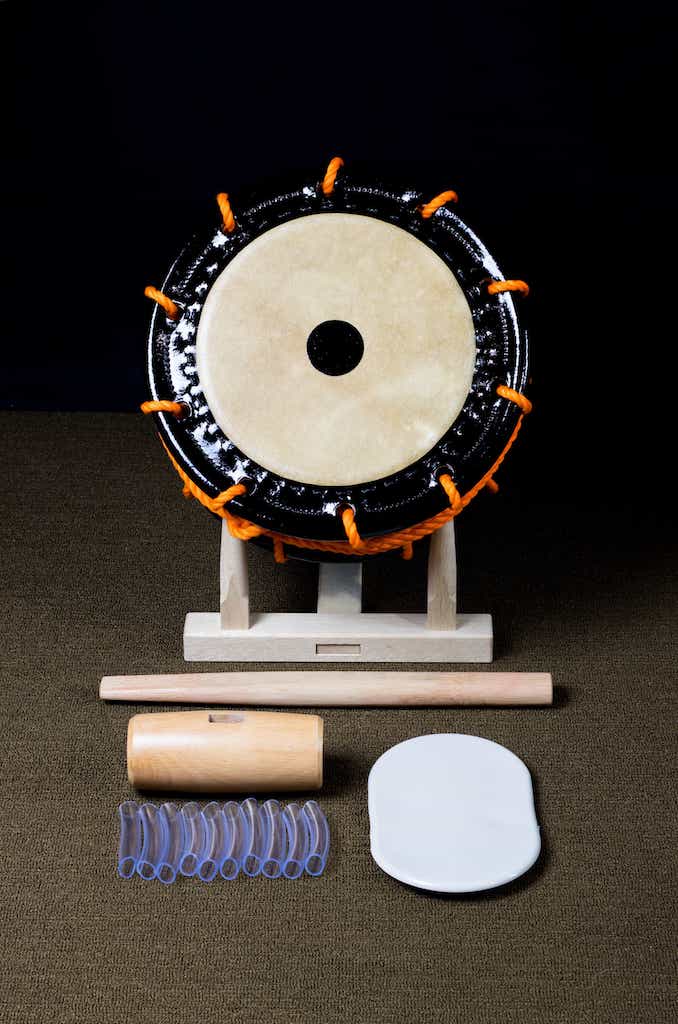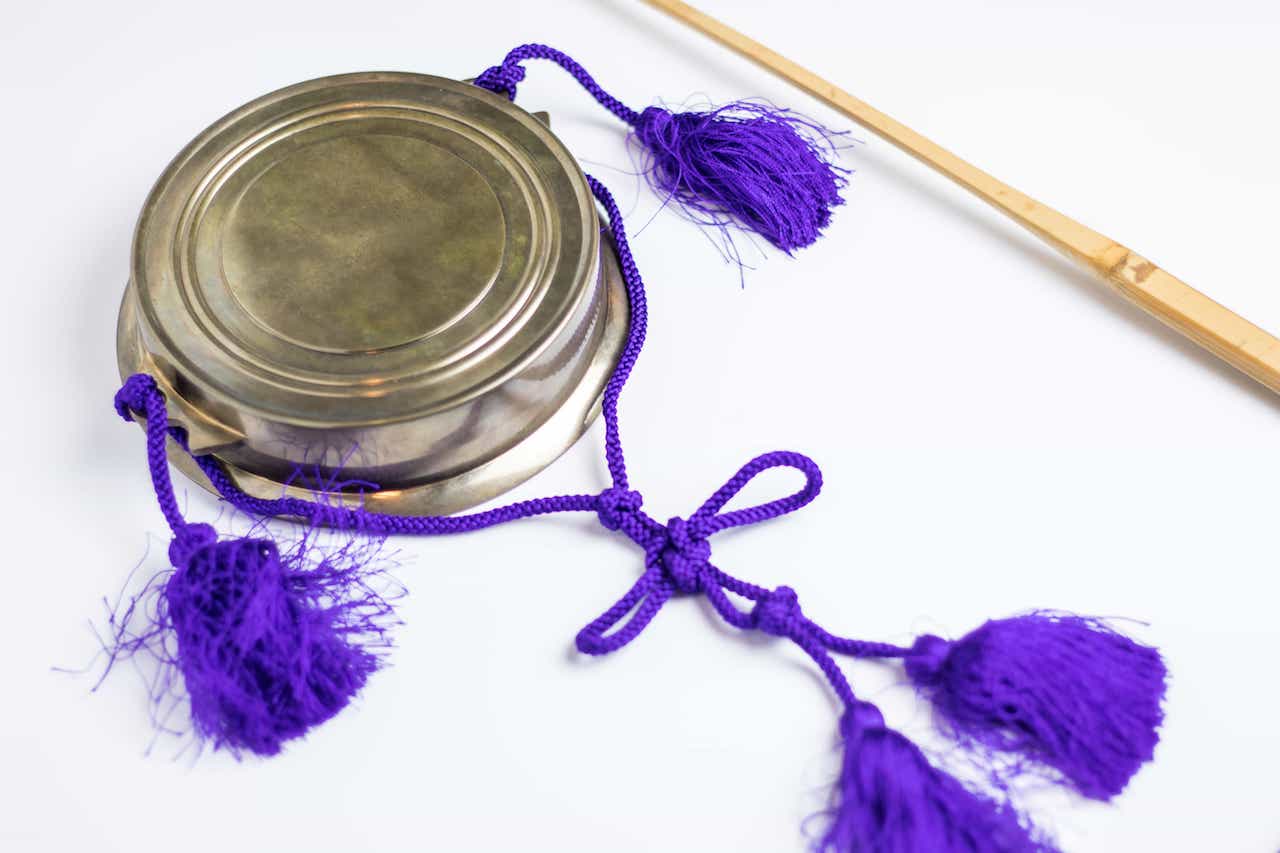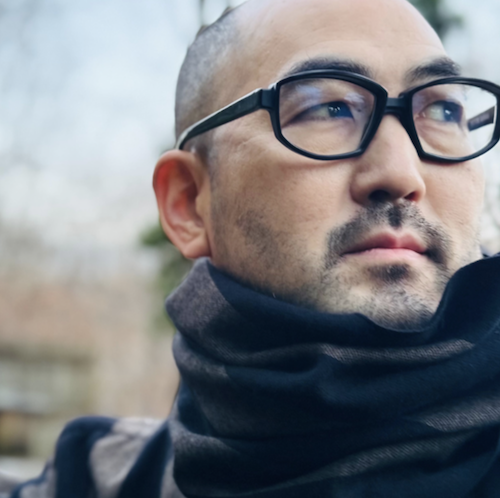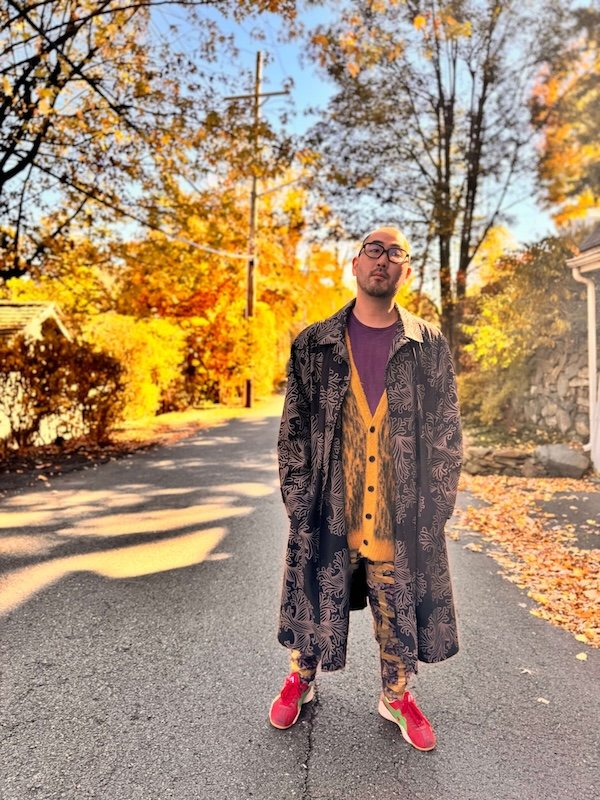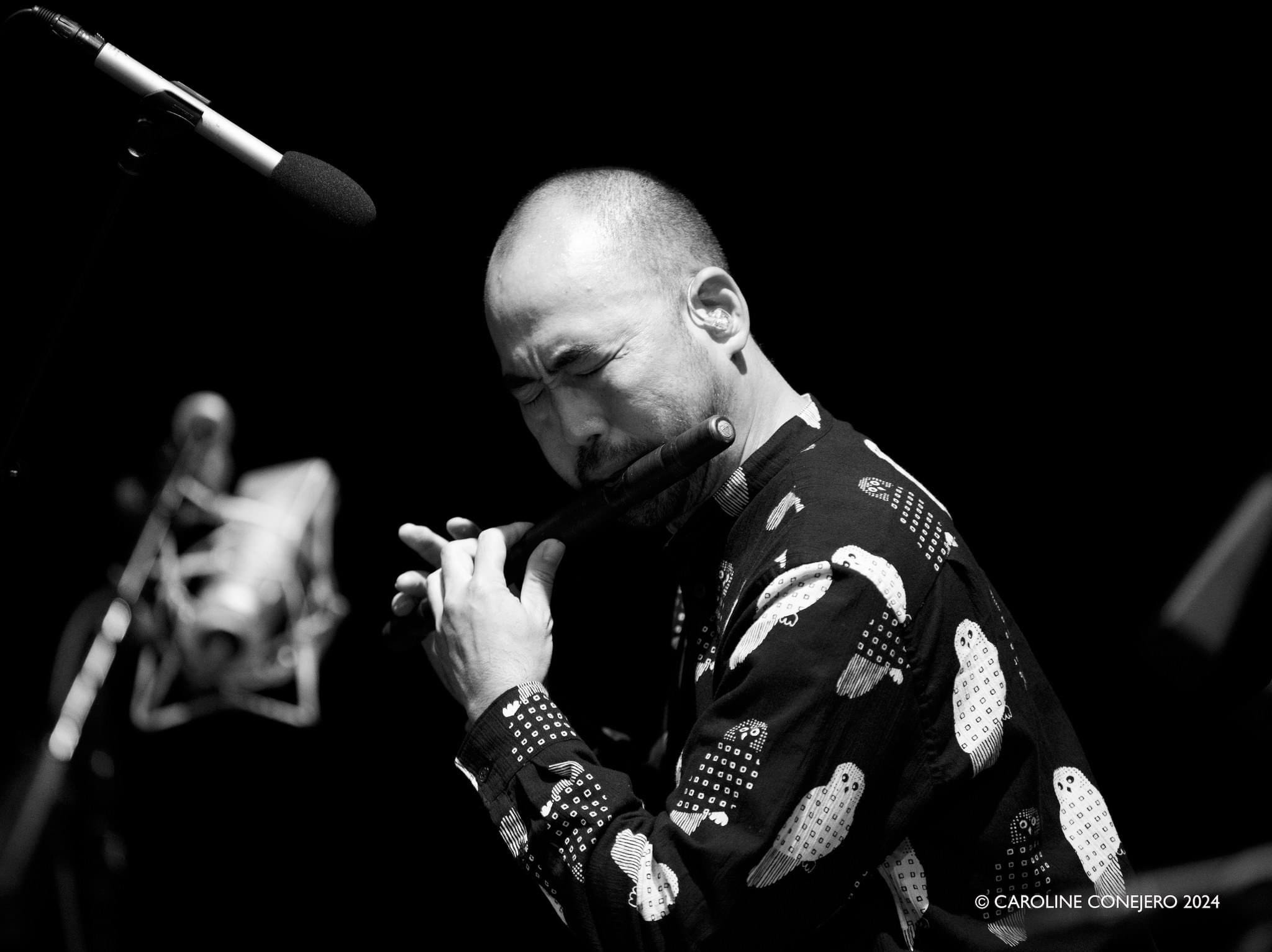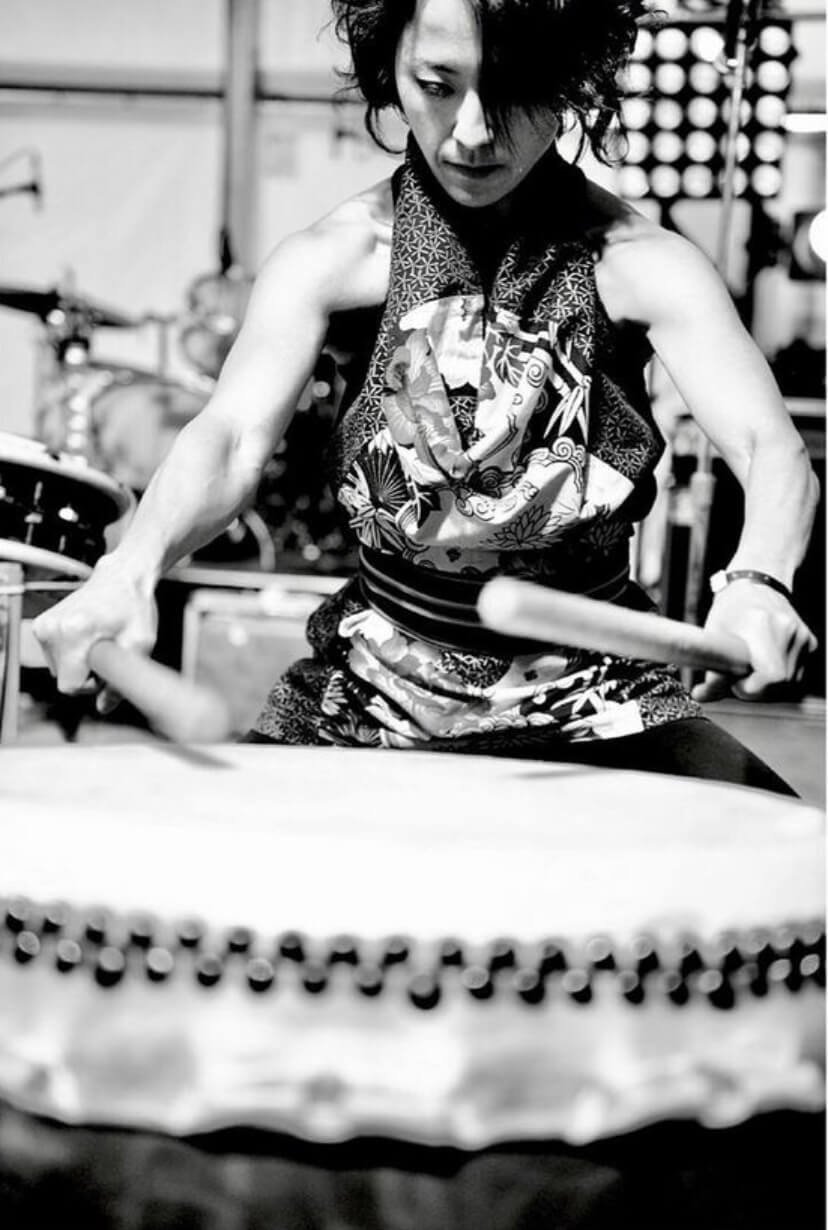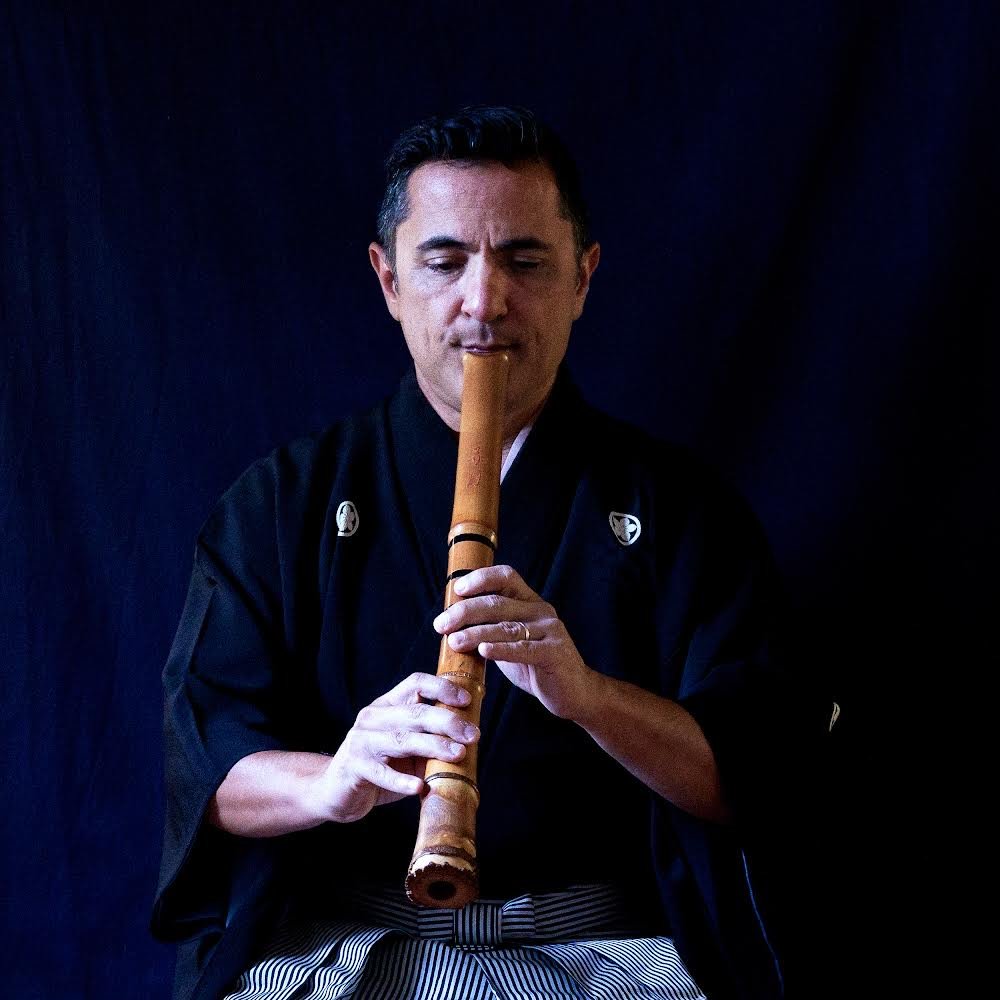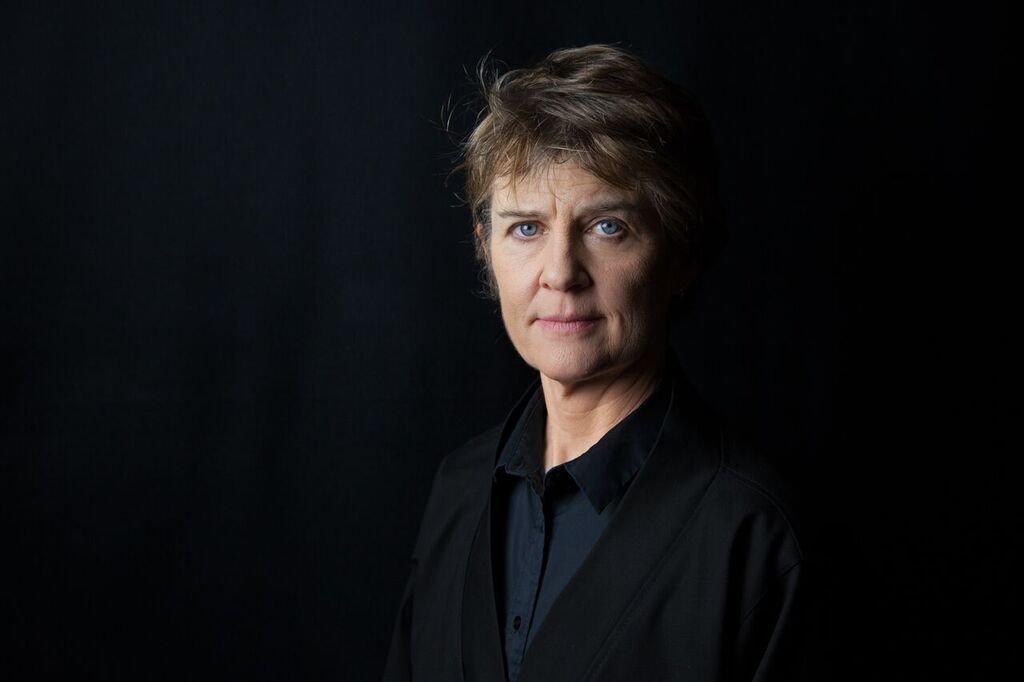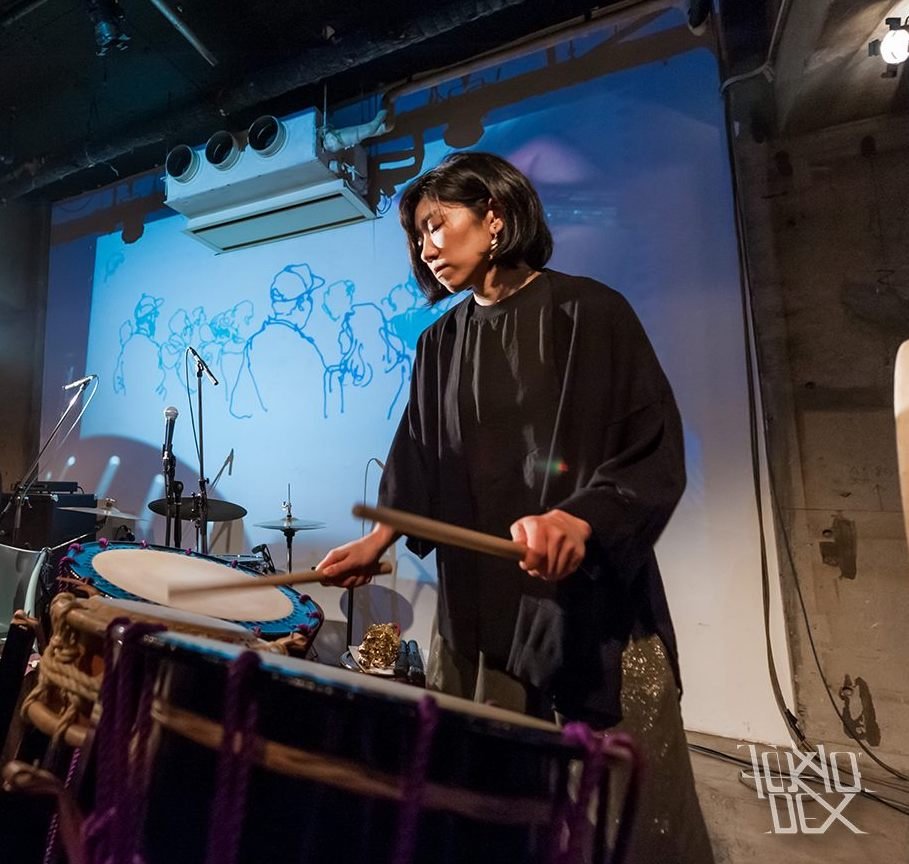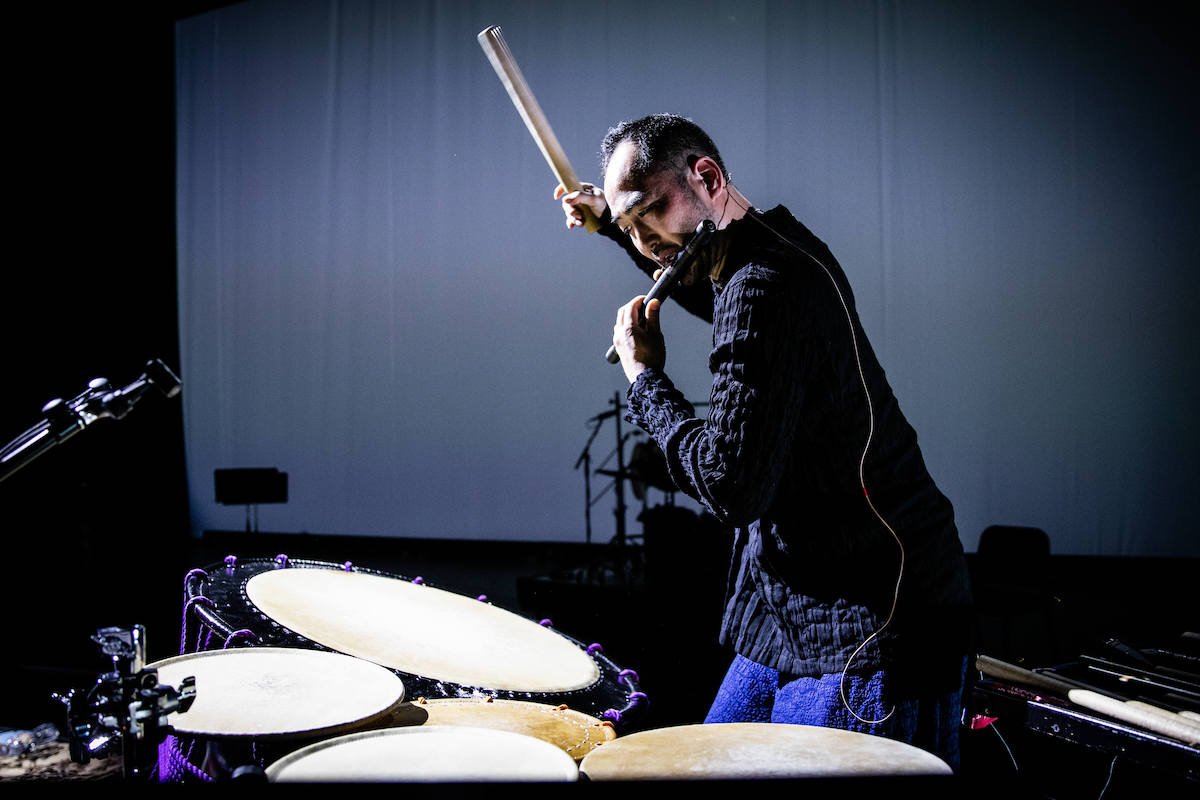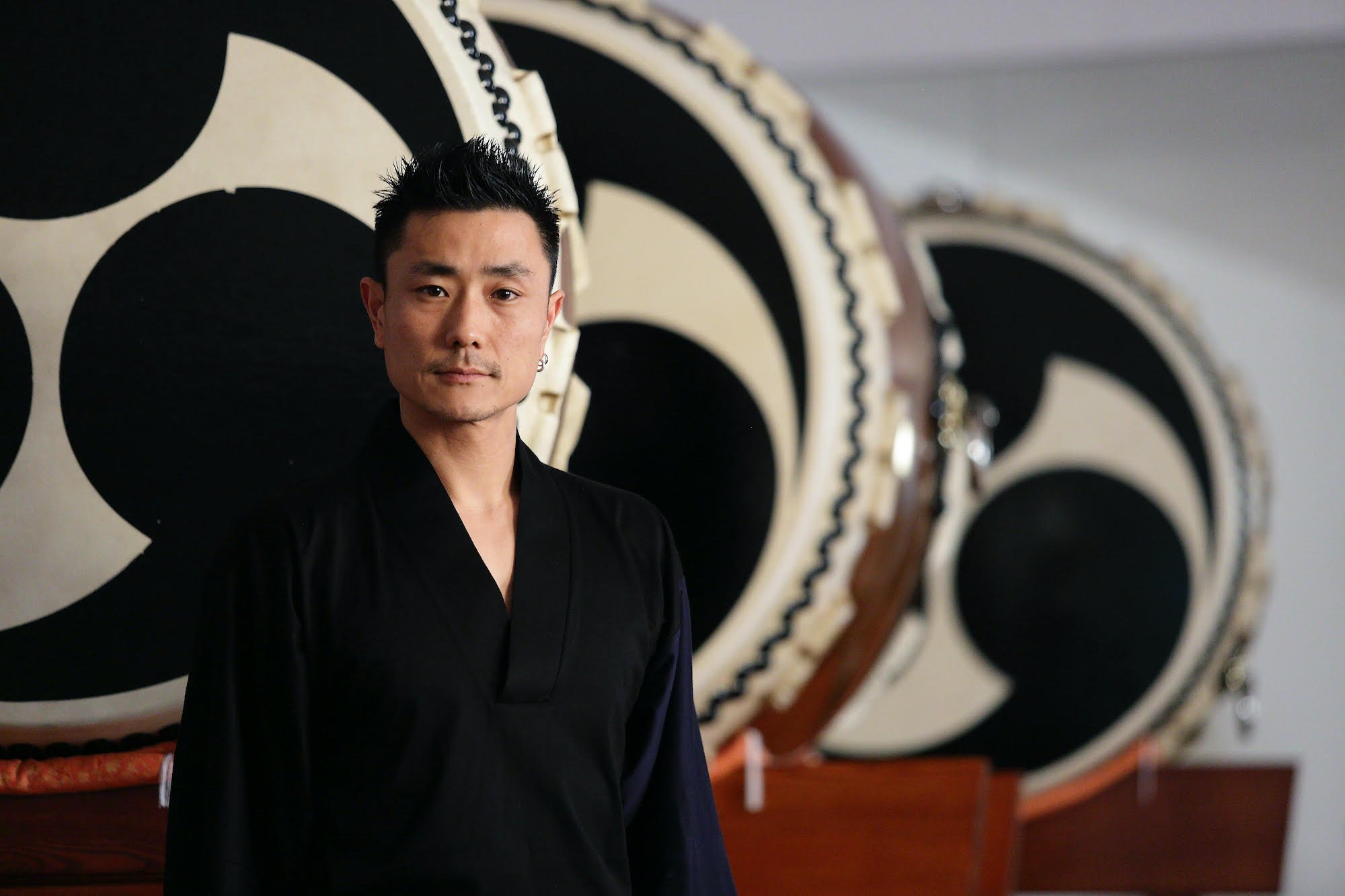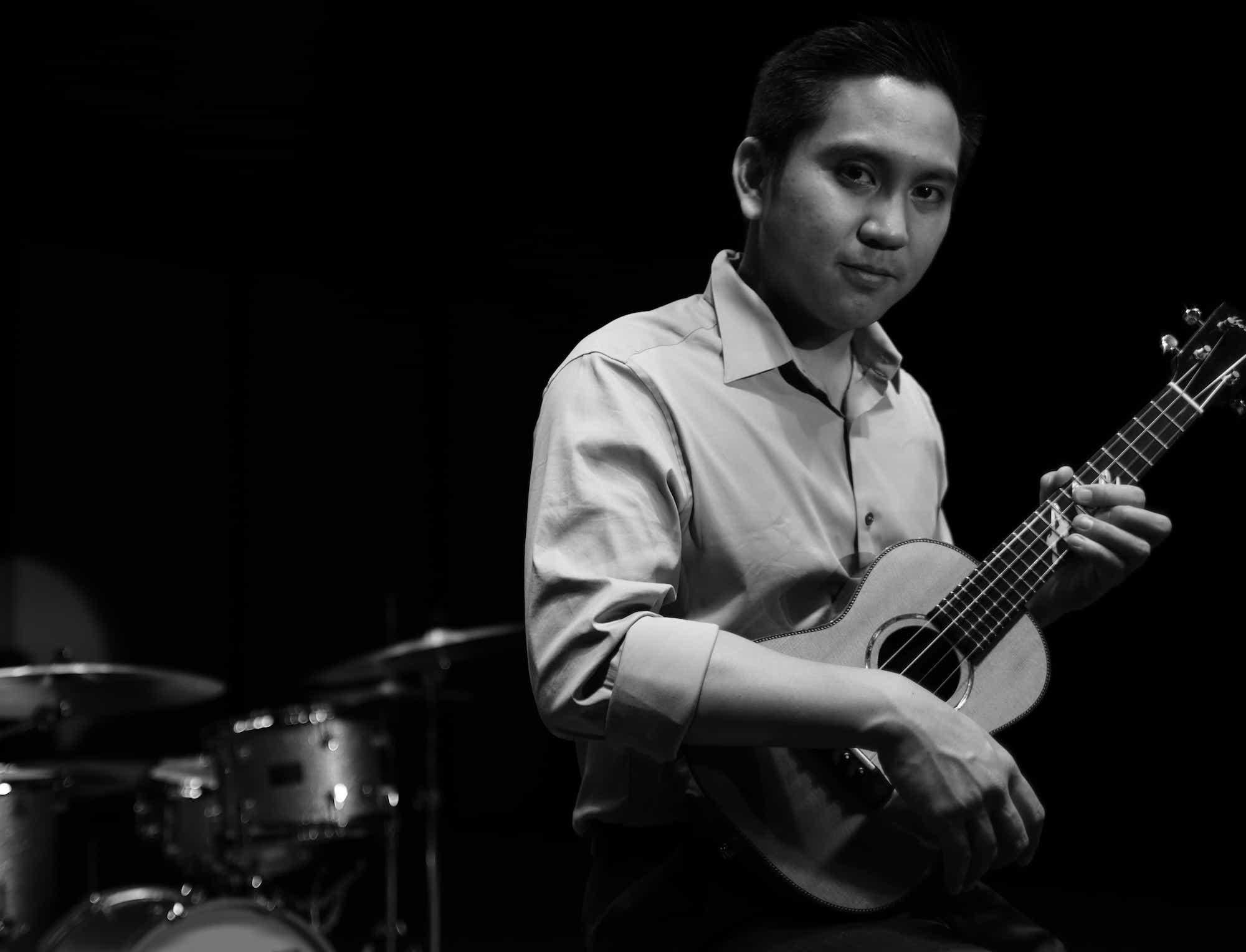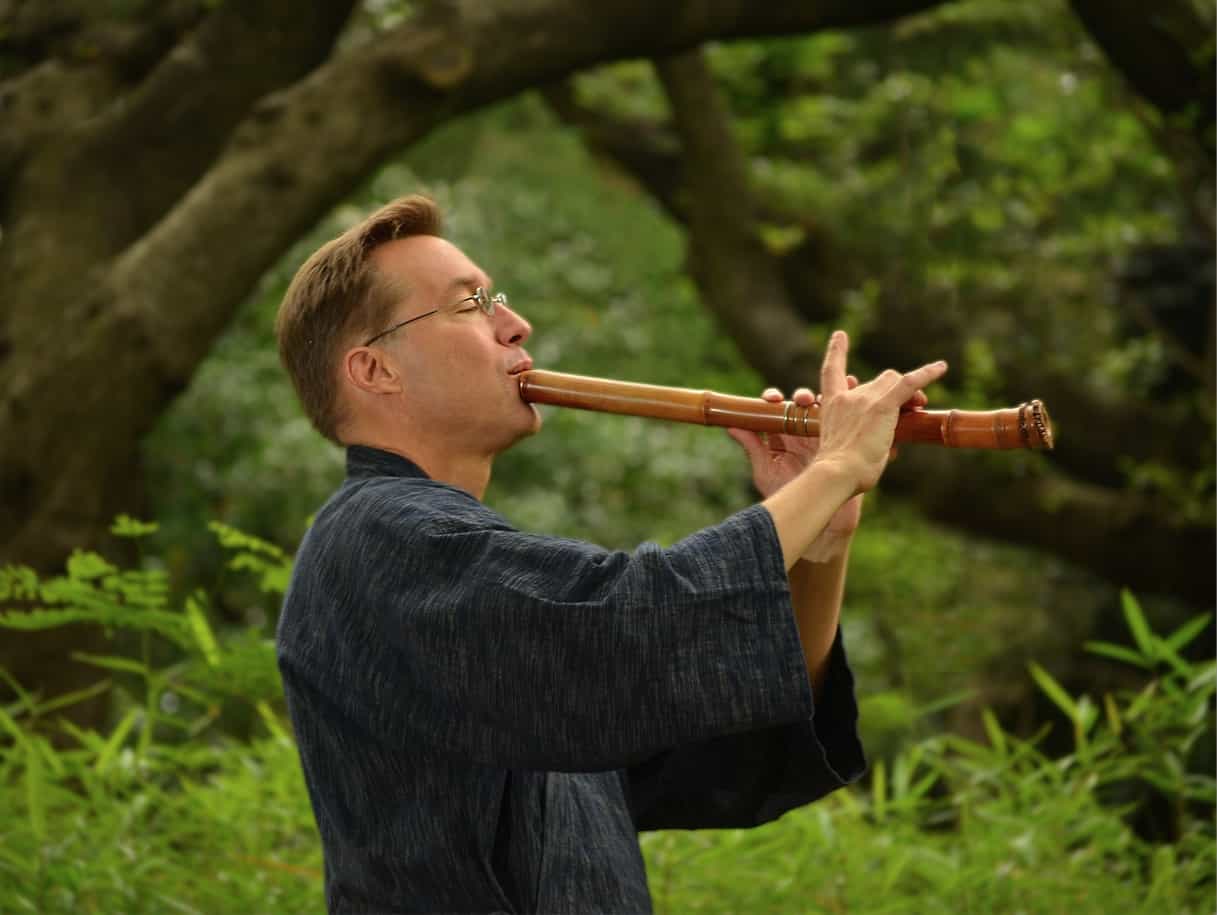Japan trip Part 3 - food and scenery
This third and final Japan trip recap is about the food and scenery from my recent visit. Eating delicious things is always a major part of my trips there and this time was no exception. The first stop was the famous Omoide Yokocho area in Shinjuku where old, narrow alleys are filled with the smell of yakitori stands grilling meat and vegetables over hot coals.
Here is a fancy sashimi platter at a Kawagoe izakaya that specializes in seafood. A friend mentioned that the beer must be watered down in places like these because they go down too easily.
A friend gave me this Niigata made Echigo IPA to try and it was very good. This is one of the most striking beer cans I've ever seen.
Kawagoe has one of Japan's earliest pioneering craft breweries called Coedo. Adjacent to their cafe-like taproom is a good sushi restaurant where you can order their beer from next door. The session IPA was a great match with the kaisen donburi. Because Kawagoe is known for it sweet potates, Coedo also makes a sweet potato ale that has a beautiful red color and medium-low fruity aroma. The potato flavor is very subtle and I'm not sure I could pick it out in a blind test.
In Nagatoro, you can take the ride in traditional riverboats through the peaceful waters surrounded by spectacular scenery. I didn't go on this trip but the time I did many years ago is still a vivid memory.
In the part 2 entry, I described the local kabuki presentation in Chichibu. In addition to the great theater and music, the food was some of the best on my entire trip. This little plate of soba looks a very simple, but it was made right there with fresh local sobako (buckwheat flour) and the flavor was magnificent. This tray also looks fairly ordinary, but the konnyaku and miso sauce were handmade by a man running a food booth who was happy to answer all of my questions about his process and ingredients. It was unlike any konnyaku I've had – far more flavor than the usual ones. The karaage was also incredibly delicious and paired perfectly with the local sake, which fully expressed Chichibu's pristine water.
Nikko is a popular destination, and I passed through just as the fall colors were ending. The sulfur smell of the natural hot springs was pleasant in the cool, quiet air. Nearby was a roadside stop with food windows, and an unusual fish name caught my eye: おしょろこま (oshorokoma). The man grilling them on the fire explained that it was a kind of iwana (char) from Hokkaido and the name came from the Ainu language. The flavor was very good – mild, fresh, and slightly sweet.
I received this Nagano-made beer from someone who had just visited that area. It was a well made kolsch-style ale, but the unusual feature was the explanation that water from Suwa Onsen (hot spring) was used to brew it. The interesting can illustration shows local attractions such as Suwa Lake, the local shrine and castle, and even the famous Onbashira Kiotoshi festival where people get on top of enormous logs and slide down a steep hill.
Another activity I mentioned in part 2 was the kabuki performance at the national theater in Tokyo. During one of the intermissions, I enjoyed a traditional makunouchi bento. This feast for the eyes was like a continuation of the beautiful staging and costumes of the play, and it was also delicious.
At the Bettara Ichi Festival in Tokyo's Nihonbashi, the featured food is bettara zuke, which is whole daikon pickled in koji. Between the Wakayama Shachu performances (described in Part 1), I walked around the dozens of vendors and tried almost all of the pickles available with the intention of buying some to take home. However, they seemed to all contain sugar and were too sweet for my taste. Perhaps I wanted to cut the lingering sweetness from all the pickle samples because I ended up at a shichimi booth and picked up a custom mixed bag. There were all kinds of festival-style foods available: dango, colorful chocolate covered bananas, and many others.
Not surprisingly, I couldn't get enough shin soba (fresh-flour soba). This double decker with tempura in Nagatoro was exquisite.
Yet another Japanese craft beer that was given to me which I had never heard of, tasted good, and came in an interesting can design.
Kamameshi is one of those nostalgic dishes for me, and unfortunately restaurants specializing in them seem to be disappearing. Happily there was a small restaurant in Asakusa away from the busy touristy area specializing in this cuisine. This mushroom kamameshi was delicious and satisfying. I also had my first-ever taste of hirezake there, which is charred fugu fin dropped in warm sake. It's not something I would look to order again.
More shin soba in Katashina with the people who make the Swiss horns from bent cedar that I described in Part 2. Local beer was ordinary but the soba was incredible.
This cat was napping under an ice cream window. It drew me in and I considered getting a cone until the person working there gave a disinterested look that was rather uninviting. Too bad, because the combination of a cute kitty and a friendly server would have been impossible to resist.
























